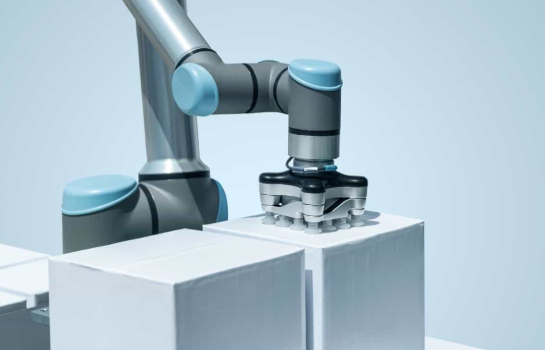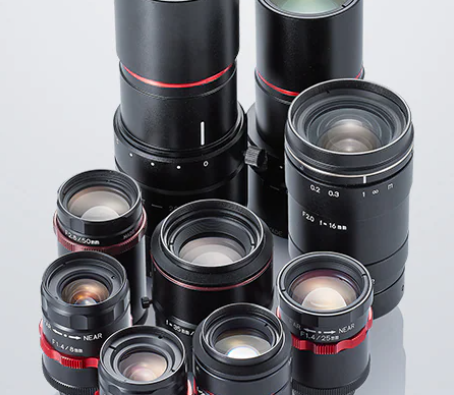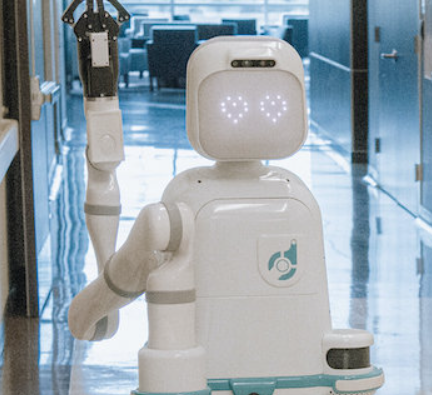
In today’s rapidly advancing technological landscape, the integration of collaborative robots (cobots) and machine vision has revolutionized how industries approach automation. These two innovations, when combined, create a powerful synergy that improves accuracy, efficiency, and safety in various tasks. However, selecting the right machine vision system for your cobot-based application is crucial to unlocking their full potential. Here’s what you need to consider before making your purchase.
Understanding Cobots and Their Role
Cobots are designed to work safely alongside human workers, providing assistance in various tasks while being mindful of their surroundings. They are compact, low-power robots capable of learning through demonstrations and reinforcement. Their flexibility and adaptability make them ideal for multiple industrial applications.
Key Factors to Consider When Choosing a Machine Vision System
- Application Needs
Before investing in a machine vision system, it’s important to understand the specific needs of your application. Cobots are ideal for tasks such as pick-and-place, quality inspections, assembly, packaging, and machine tending. The complexity of the objects being handled—ranging in shape, size, texture, and color—must be considered. Your machine vision system should be capable of adapting to these variables for accurate task execution.
- Image Quality
In dynamic environments where objects constantly change, the ability of the machine vision system to capture high-resolution images is vital. High-resolution lenses allow the system to detect fine details, which is essential for distinguishing objects or identifying defects. A good rule of thumb is to choose a lens with a resolution at least twice as high as the smallest feature you need to detect.
- Speed and Throughput
Efficiency is key in automation. Speed refers to how quickly the cobot can complete its tasks, while throughput is the number of tasks completed in a given period. Cobots with faster speeds and higher throughput enhance productivity, helping companies meet demand while increasing their profitability. For example, in a manufacturing setup, cobots with higher speed can boost production output significantly.
- Integration and Compatibility
A successful cobot system depends on how well the cobot and machine vision components work together. These systems should communicate seamlessly, allowing real-time data transfer so that the cobot can make informed decisions. Additionally, good integration ensures that future upgrades or expansions of the system will be easier and more cost-effective.
- Ease of Use and Programming
A user-friendly interface simplifies the interaction between operators and the system. This is particularly valuable when training new operators or adapting to new tasks. Moreover, intuitive programming makes it easier to set up and adjust the cobot for different operations. An easy-to-use programming environment ensures faster deployment and helps businesses stay adaptable to shifting production needs.
- Reliability and Durability
Reliability is essential in industries where cobots perform repetitive tasks. A reliable system ensures consistent output, reducing the risk of errors, rework, or delays. Durability is equally important, as cobots and their machine vision systems must endure harsh industrial environments with fluctuating temperatures, dust, and vibrations. A robust system minimizes maintenance costs and downtime, ultimately increasing the return on investment.
- Flexibility and Adaptability
Manufacturing processes often change to meet new product demands or market conditions. Cobots that are flexible enough to be reprogrammed or reconfigured to handle different tasks are essential for businesses aiming to reduce downtime and quickly adapt to new production needs. Flexibility ensures that cobots can operate efficiently across various production lines.
- Scalability for Future Growth
As your business grows, so will your production needs. Scalability allows your cobot and machine vision system to expand with minimal hassle. The ability to integrate new systems with your existing infrastructure ensures that your business can scale up without significant disruptions. Scalable systems allow for efficient resource allocation to meet higher production demands.
- Vendor Support and Service
Having access to reliable vendor support is vital for the long-term success of your automation system. Vendors should offer technical expertise, training, system updates, spare parts, and support for system integration. With strong vendor relationships, businesses can maximize the performance and longevity of their systems while minimizing downtime.
- Cost and Return on Investment
The financial aspects of selecting a machine vision system cannot be overlooked. While initial costs may be high, evaluating the overall return on investment (ROI) is crucial. Consider factors like labor savings, improved productivity, and reduced maintenance costs when assessing the financial benefits. Investing in a high-quality machine vision system can significantly enhance the ROI of your cobot, making the system more cost-effective in the long run.
Conclusion
Selecting the right machine vision system for your cobot is a critical decision that can significantly impact your business’s productivity, efficiency, and adaptability. By considering factors such as application needs, image quality, speed, integration, and support, you can ensure that your cobot and machine vision system work harmoniously together. Properly chosen systems will not only enhance collaboration between humans and robots but will also pave the way for improved automation and long-term business success.












